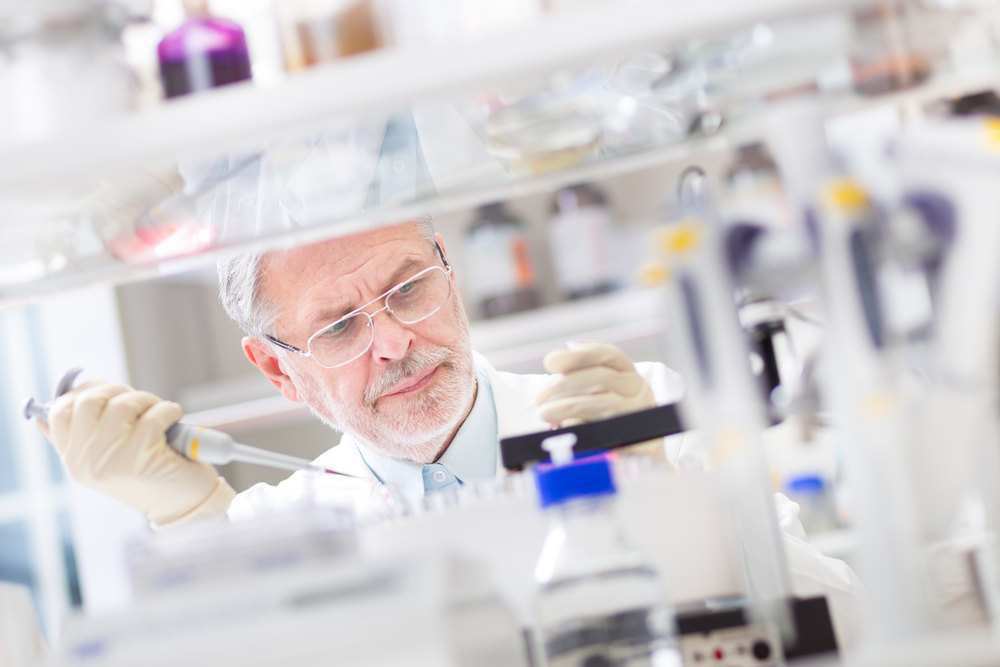
Produced by biotechnology, biopharmaceuticals are a type of medical drug. Nucleic acids (such as DNA, RNA, or antisense oligonucleotides) and proteins (such as antibodies) utilized for therapeutic or in vivo diagnostic reasons must be derived from a biological source other than via direct extraction.
Recombinant human insulin (rHI, brand name Humulin), created by Genentech and sold by Eli Lily in 1982, was the first such drug approved for therapeutic use.
Pharmaceuticals generated from living organisms make up the vast majority of biopharmaceutical goods. Small molecule medications are often not considered biopharmaceutical in nature by the pharmaceutical industry.
Press and financial institutions frequently extend the phrase to encompass drugs that were not generated through biotechnology. It’s become a commonly used marketing term for a wide range of corporations developing new, seemingly high-tech pharmaceuticals.
Patent
Biopharmaceutical companies often seek a patent, which grants them exclusive manufacturing rights, when they produce a new product. The biopharmaceutical developer can recoup its development costs primarily through this method.
The conditions for obtaining a patent in the United States and Europe differ slightly, with the European requirements being considered more difficult to meet. Since the 1970s, the total number of biopharmaceutical patents has increased dramatically.
Thirty patents were issued in 1978. In 1995, the number of patent applications had risen to 15,600; by 2001, there had been 34,527. The number keeps increasing with medical drug and gene research innovations.
Product Development
The development of biopharmaceutical products must include structural and physicochemical characterization by CDMO companies. These are some of the analytical techniques and assessments that enable pharmaceutical companies to validate the accuracy of their target drug’s manufacturing.
The FDA and EMA have outlined their requirements for protein characterization techniques in their guidelines. Both organizations have embraced the categorization strategy stated in ICH Topic Q6B, a regulatory document.
A Comparison between Biotech and Biopharma
Research
A lot of research is used in biotech technology to address a variety of issues that can benefit human health and the environment, such as eradicating world hunger or figuring out how to lower greenhouse gas emissions.
Biotechnology has a wide range of subfields that all seek to address numerous issues people encounter in their daily lives to enhance their wellness.
When it comes to biopharma, research is quite different. Biopharma uses promising biotech research and applications to transform them into pharmaceuticals. As a result, it resembles a relay race. Biopharma then continues the developments that biotech starts and develops.
Key Focus
Biotechnology focuses on harnessing biology to develop novel goods and pharmaceuticals and employ living things and biological processes to alter how we live.
Biotechnology, which makes use of DNA, has aided in the development of many amazing things across a wide range of industries, including the production of pest-resistant crops, the establishment of biofuels like ethanol, and even the creation of medical advances like gene cloning.
The goal of biopharma is to create medicines through chemical processes. So, rather than relying on biological processes, as in the case of biotechnology, a bio pharmacist may create their own original compounds and then observe how they influence living organisms.
Challenges Faced by the Biopharma Sector
These include the fact that they can be challenging to produce and ship internationally. In addition to these issues, switching from conventional medicines to biopharmaceuticals can be challenging since it might be challenging to produce large biological drugs.
Their usage of recombinant proteins necessitates the costly procedure of genetically modifying living cells.
Lastly, How does the Conventional Pharmaceutical Sector Fare?
Pharmaceutical firms benefit from a consistent income flow from their well-known products. However, the procedure for developing a new medicine can take up to 15 years.
Additionally, there is always a chance that marketing a new drug will be unsuccessful. Even after it enters the market, doctors cannot assure that it will be well-liked by the medical fraternity. In this way, the sector deals with ongoing difficulties.
